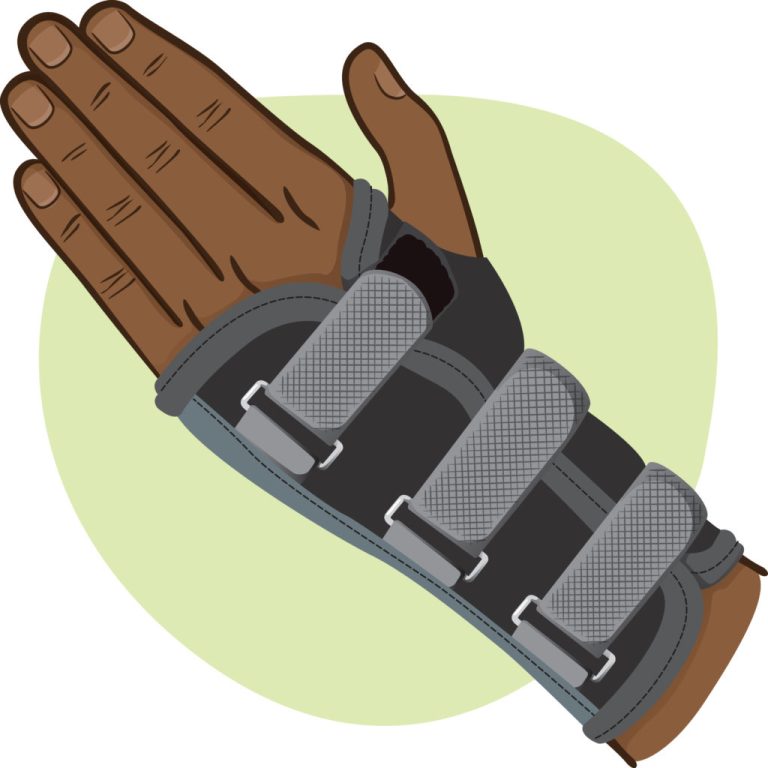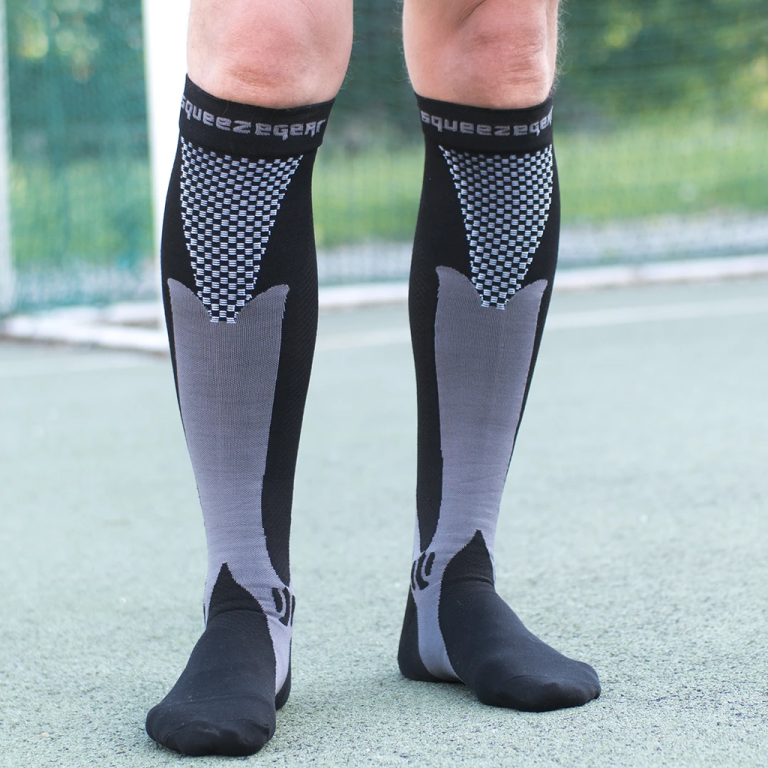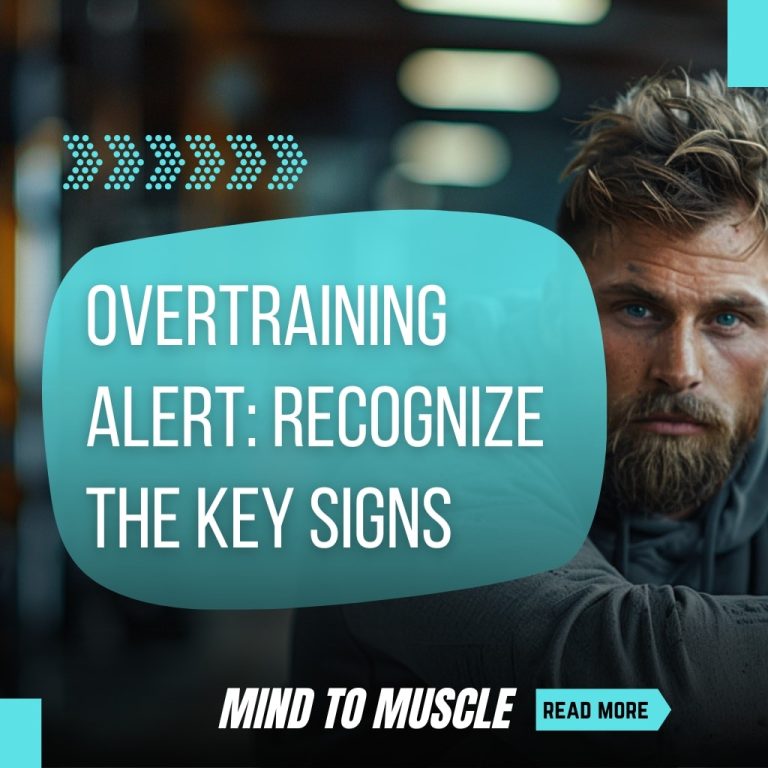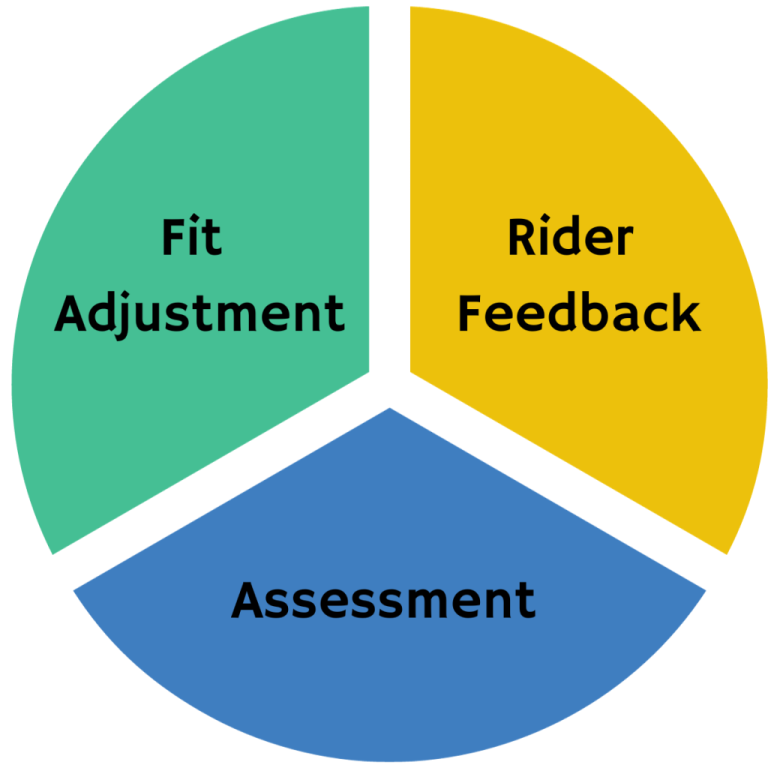Understanding Common Injuries in Long-distance cycling
Introduction
Long-distance cycling is a rewarding sport that builds endurance, strength, and perseverance. However, like any sport, it comes with its share of challenges, particularly the risk of injuries. For enthusiasts and professionals alike, understanding common injuries in long-distance cycling is essential for maintaining performance and enjoyment. This includes being aware of cycling performance metrics and mastering bike maintenance tips to prevent setbacks.
Injuries can halt progress, reduce enjoyment, and sideline even the most dedicated cyclist. From knee pain and saddle sores to numbness and muscle cramps, being aware of these issues is the first step towards prevention and effective management. By learning to recognize and address these problems, cyclists can maintain their health, ride efficiently, and continue to enjoy the roads or trails they love.
Knee Pain: Causes and Prevention
Knee pain is one of the most common injuries in long-distance cycling. It often results from improper bike fit, such as saddle height or position, and overuse without adequate rest. Ensuring that your bike is accurately adjusted can significantly reduce the risk of knee pain. Training techniques for cyclists include gradual mileage increase and incorporating rest days to allow muscles and joints to recover.

Including specific exercises to strengthen the quadriceps, hamstrings, and glutes can also stabilize the knees. Cyclists should pay attention to cycling cadence and performance metrics to monitor their riding patterns and adjust them as necessary for comfort and efficiency.
Saddle Sores: Tips for Comfort
Saddle sores are painful and can sideline even the most determined cyclist. Proper bike maintenance, such as ensuring a comfortable and correctly positioned saddle, alongside the right cycling apparel, are crucial preventative tips. Choosing the right cycling gear, including padded shorts, can help in reducing friction and absorbing sweat, which is key to minimizing saddle sores.
Cyclists should also routinely stand up on their bikes during rides to relieve pressure and improve air circulation. Applying chamois creams and maintaining good hygiene can further aid in preventing this discomfort.
Lower Back Pain: Strengthening Your Ride
Lower back pain is another frequent complaint among cyclists, often due to poor posture or a bike that does not fit properly. Core strengthening exercises, such as planks and pilates, can support spinal alignment and prevent pain. Cycling safety tips emphasize the importance of periodically adjusting the bike fit and ensuring that the handlebars are at a comfortable height to improve posture while riding.
Numbness in Limbs: Importance of Positioning
Numbness in the hands, feet, or other limbs during cycling can be worrying and uncomfortable. It often results from pressure on nerves due to poor bike fit or riding position. To mitigate these issues, ensure your handlebars are well positioned and that your gloves provide adequate padding. Using handlebar grips that absorb shock can also help.
Cyclists should adjust their position periodically and ensure the saddle height and orientation are conducive for comfort over long distances.
Achilles Tendonitis and Muscle Cramps: Staying Flexible
Achilles tendonitis in cyclists typically arises from overuse and improper technique, while muscle cramps can result from fatigue and dehydration. Effective training should incorporate stretching exercises that enhance flexibility and reduce the risk of tendonitis. Incorporating interval training for cycling, which includes bursts of higher intensity, can boost performance while keeping exterion levels in check.
Muscle cramps can often be prevented by ensuring optimal hydration and nutrition. Best nutrition practices for cyclists suggest maintaining a balanced electrolyte intake to prevent imbalances that can lead to cramps. Carrying adequate water and electrolyte supplements during rides is advisable.
Neck and Wrist Pain: Proper Support and Technique
Cycling over long distances can strain the neck and wrists. Neck pain results from maintaining a tense posture over prolonged periods. This can be reduced through neck exercises and ensuring handlebars are at a comfortable height to prevent excessive reaching.
Wrist pain often results from too much weight being placed on the hands. Proper bike fit and padded gloves can mitigate this, alongside conscientious weight distribution and alternating grip positions during rides.
overuse injuries and Hydration: Balancing Training Intensity
Overuse injuries are prevalent in long-distance cycling when consistent excessive stress on muscles and joints exceeds the body’s natural ability to recover. Proper training intensity, rest periods, and listening to the body’s signals are crucial to prevent these kinds of injuries.
Dehydration, heat exhaustion, and electrolyte imbalance are interconnected risks. Cyclists must monitor their fluid intake and adapt their training regimens during hot weather to maintain optimal performance and safety.
Road Rash: Safety Precautions
road rash typically occurs from falls and can cause significant skin chafing or worse. Using proper safety gear, such as helmets and protective clothing, can reduce risk. Learning and employing cycling safety tips, like maintaining awareness of surroundings and ensuring adequate braking distances, can prevent falls and subsequent injuries.
Case Study: power-based training and injury prevention
Power-based training can be highly beneficial in preventing injuries while enhancing performance. By using power meters, cyclists can monitor their output in watts, ensuring they stay within safe limits to prevent overexertion. Studies show VO2 max improvements and reduced injury risk when cyclists train based on power metrics. This approach promotes endurance training while considering individual capacities and recovery needs.

User Intent and Benefits
Addressing user intent is key when discussing how to improve endurance and techniques for optimizing cycling workouts. For beginners, understanding proper gear usage, nutrition, and hydration can unlock a more enjoyable and safe cycling experience. Experienced cyclists can benefit from advanced strategies like heart rate monitoring and mental resilience training to push their limits responsibly.
The practical application of these methods is key: they offer tangible benefits such as reduced injury risk, improved performance, and enhanced cycling satisfaction. For instance, employing mental resilience techniques can provide overcoming psychological hurdles during challenging rides.
Conclusion
In conclusion, understanding the common injuries in long-distance cycling and how to address them is integral to any cyclist’s journey. Awareness and prevention strategies, coupled with effective training and nutritional practices, can significantly enhance performance. By actively implementing the tips and techniques discussed, cyclists can maintain their well-being and continue to enjoy their passion without interruption.
Cyclists are encouraged to try these methods, share their experiences, and continue learning from both successes and setbacks. Through community engagement and a commitment to health, any cyclist can optimize their ride and experience continual improvement.
FAQs
What are early signs of overuse injuries in cycling?
Early signs include persistent joint pain, muscle soreness that doesn’t subside with rest, and increasing fatigue. Listening to your body is crucial, and early signs should prompt adjustments in training intensity or rest schedules.
How important is hydration during long-distance rides?
Hydration is crucial to avoiding dehydration and heat-related issues. Cyclists should monitor fluid intake and ensure adequate electrolyte balance, particularly in hotter conditions.
What can I do to prevent saddle sores?
Ensure your saddle is suited to your ride and wear appropriate cycling apparel, including padded shorts. Standing during rides and using chamois creams can also help reduce the risk of saddle sores.
Can strength training help with injury prevention?
Yes, regular strength training can bolster musculoskeletal support, enhancing joint stability and reducing injury risk. It’s beneficial to include exercises that target the core, glutes, legs, and back.
What role does bike fit play in injury prevention?
Proper bike fit is vital for distributing weight evenly and reducing strain on specific joints and muscles, which can prevent a variety of injuries, from knee pain to back pain. Regular consultations with a bike fitting specialist can ensure your setup is optimal.






